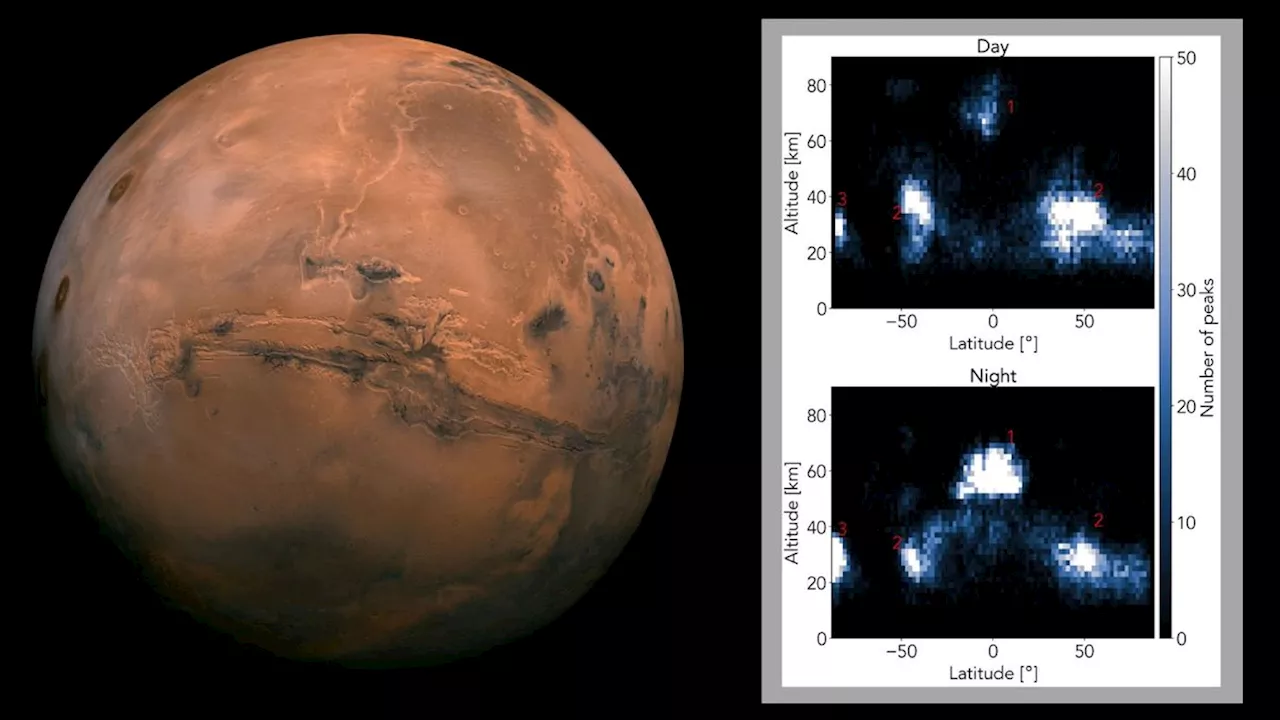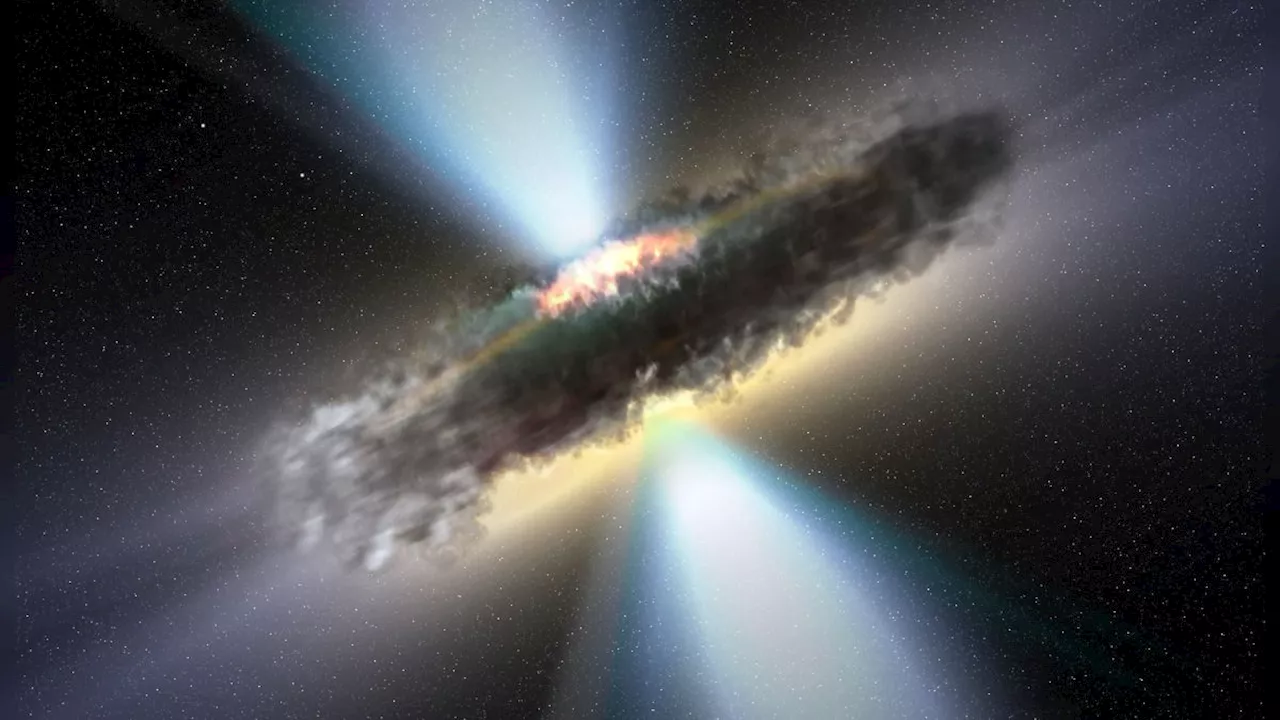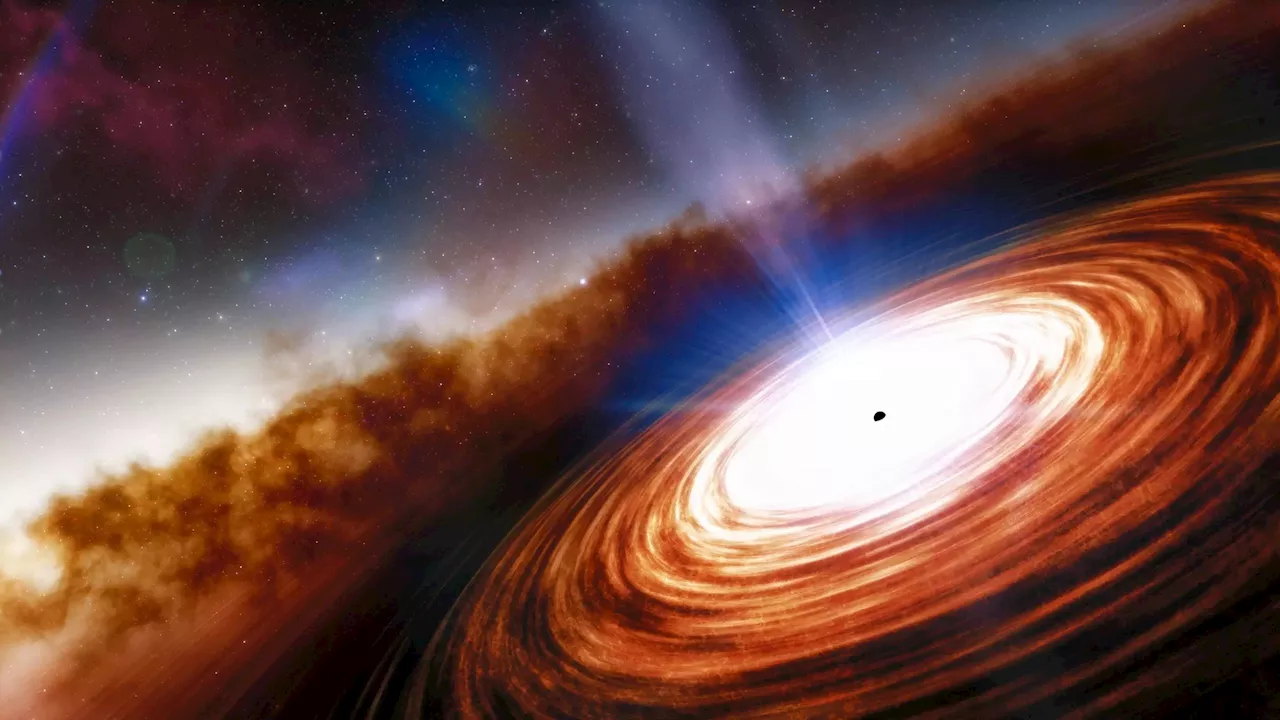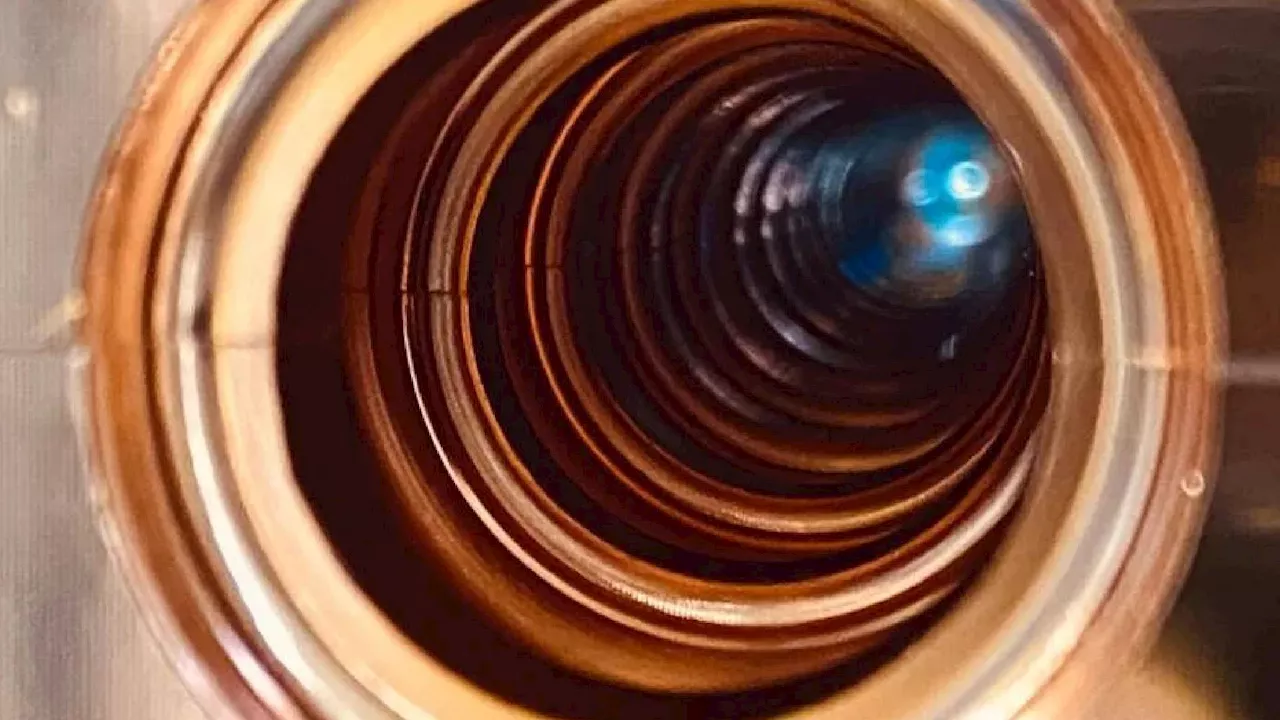Robert Lea is a science journalist in the U.K. whose articles have been published in Physics World, New Scientist, Astronomy Magazine, All About Space, Newsweek and ZME Science. He also writes about science communication for Elsevier and the European Journal of Physics. Rob holds a bachelor of science degree in physics and astronomy from the U.K.
Astronomers have peered into the active heart of a distant galaxy to observe the feeding habits of a supermassive black hole — in short, they discovered that it recycles material. These findings could help us better understand the dynamics of how supermassive black holes grow.
Now, an international team of scientists observed the AGN of the Circinus Galaxy, located around 13 million light-years away fromat the heart of the AGN, and the team managed to see the true feeding mechanism of the black hole. It appeared that gravitational instability associated with the disk is driving material toward the black hole. They also found, however, the black hole in question only consumes around 3% of the matter flowing toward it.
The distributions of carbon monoxide, atomic carbon, hydrogen cyanide and the hydrogen recombination line around an active galactic nucleus powered by a feeding black hole. Understanding all this means looking into anAGN on rather small scales and accounting for the complex motions of that flowing material. This team was able to do this with the Circinus Galaxy's AGN using the high-resolution power of ALMA.
One of the significant outcomes of this research is the determination of how much matter this supermassive black hole is actually consuming, which the team could see via the density of the gas they measured and the rate at which it was flowing to the AGN.
United States Latest News, United States Headlines
Similar News:You can also read news stories similar to this one that we have collected from other news sources.
 Citizen scientists detect patterns in clouds over MarsRobert Lea is a science journalist in the U.K. whose articles have been published in Physics World, New Scientist, Astronomy Magazine, All About Space, Newsweek and ZME Science. He also writes about science communication for Elsevier and the European Journal of Physics. Rob holds a bachelor of science degree in physics and astronomy from the U.K.
Citizen scientists detect patterns in clouds over MarsRobert Lea is a science journalist in the U.K. whose articles have been published in Physics World, New Scientist, Astronomy Magazine, All About Space, Newsweek and ZME Science. He also writes about science communication for Elsevier and the European Journal of Physics. Rob holds a bachelor of science degree in physics and astronomy from the U.K.
Read more »
 Star-birthing galaxies can hide supermassive black holes behind walls of dustRobert Lea is a science journalist in the U.K. whose articles have been published in Physics World, New Scientist, Astronomy Magazine, All About Space, Newsweek and ZME Science. He also writes about science communication for Elsevier and the European Journal of Physics. Rob holds a bachelor of science degree in physics and astronomy from the U.K.
Star-birthing galaxies can hide supermassive black holes behind walls of dustRobert Lea is a science journalist in the U.K. whose articles have been published in Physics World, New Scientist, Astronomy Magazine, All About Space, Newsweek and ZME Science. He also writes about science communication for Elsevier and the European Journal of Physics. Rob holds a bachelor of science degree in physics and astronomy from the U.K.
Read more »
 Supermassive Black Holes Shut Down Star Formation During Cosmic NoonSpace and astronomy news
Supermassive Black Holes Shut Down Star Formation During Cosmic NoonSpace and astronomy news
Read more »
 Energy efficient particle collider concept could revolutionize physicsInteresting Engineering is a cutting edge, leading community designed for all lovers of engineering, technology and science.
Energy efficient particle collider concept could revolutionize physicsInteresting Engineering is a cutting edge, leading community designed for all lovers of engineering, technology and science.
Read more »
 World EV Sales Now Equal 17% Of World Auto SalesClean Tech News & Views: EVs, Solar Energy, Batteries
World EV Sales Now Equal 17% Of World Auto SalesClean Tech News & Views: EVs, Solar Energy, Batteries
Read more »
